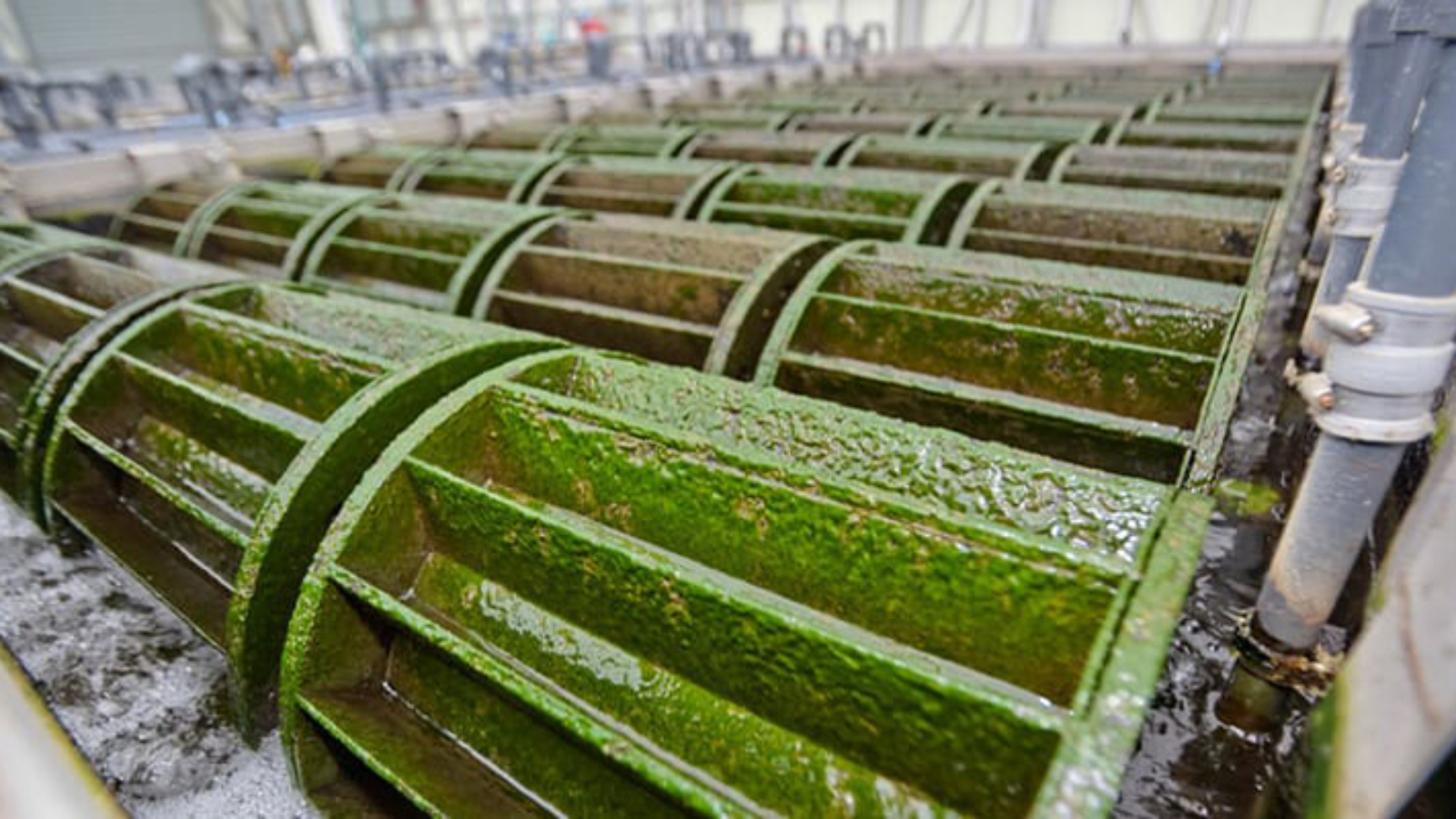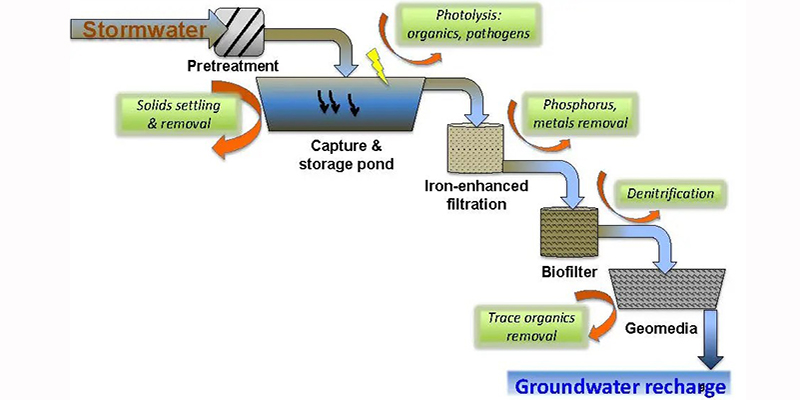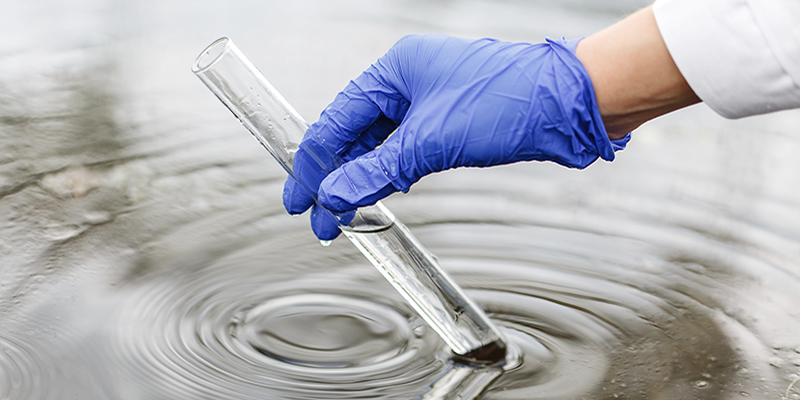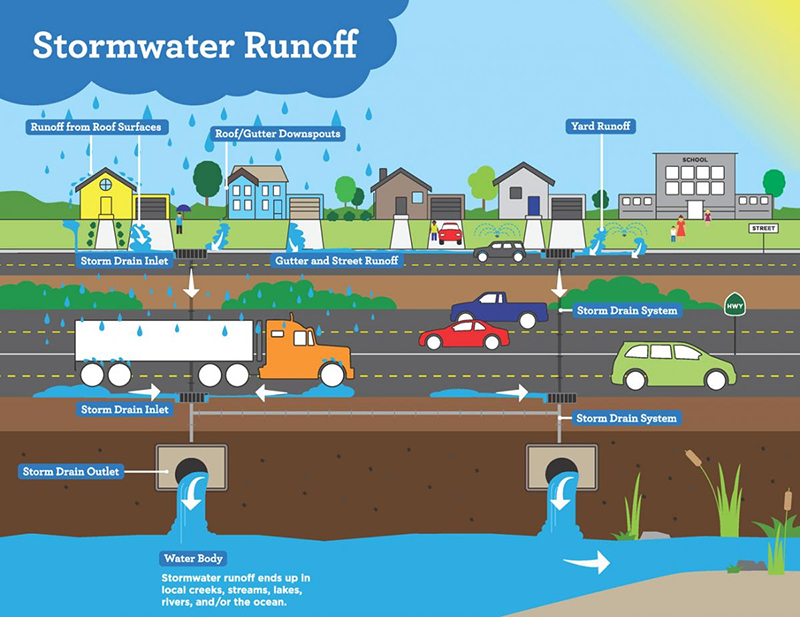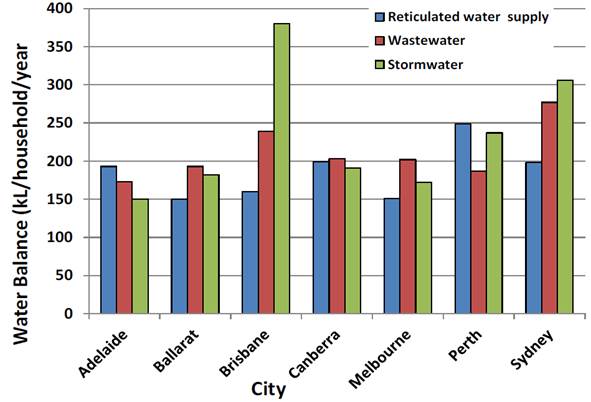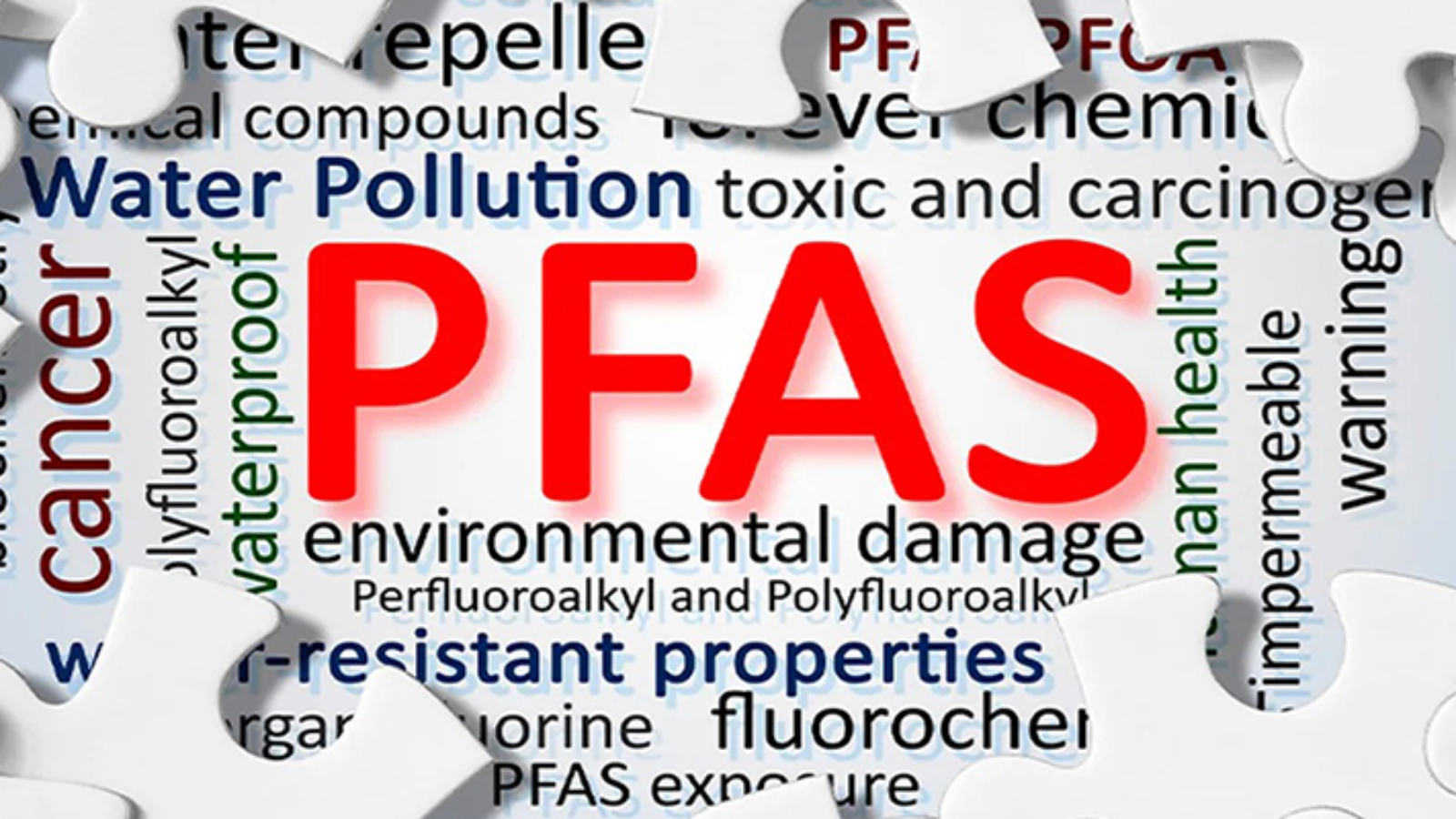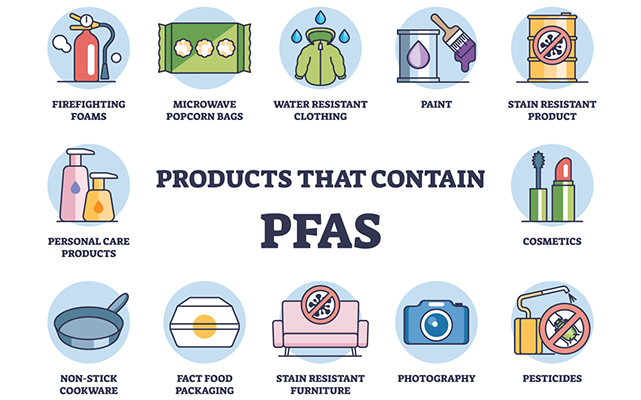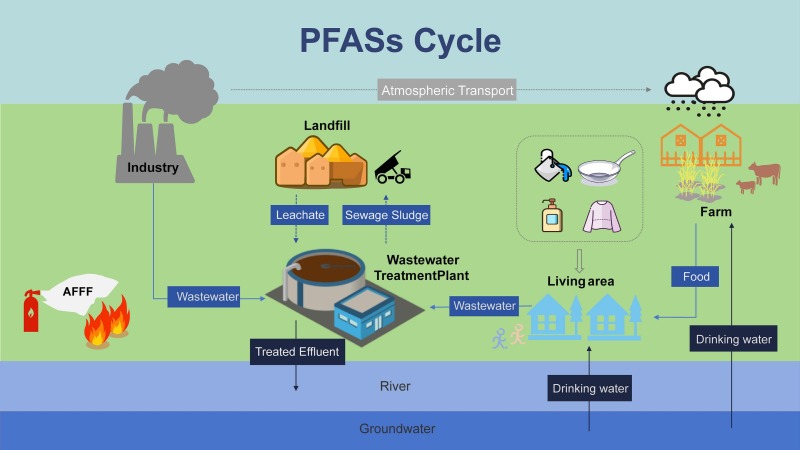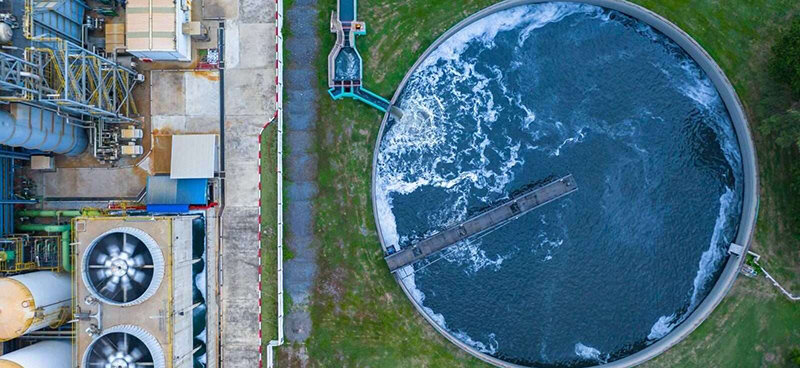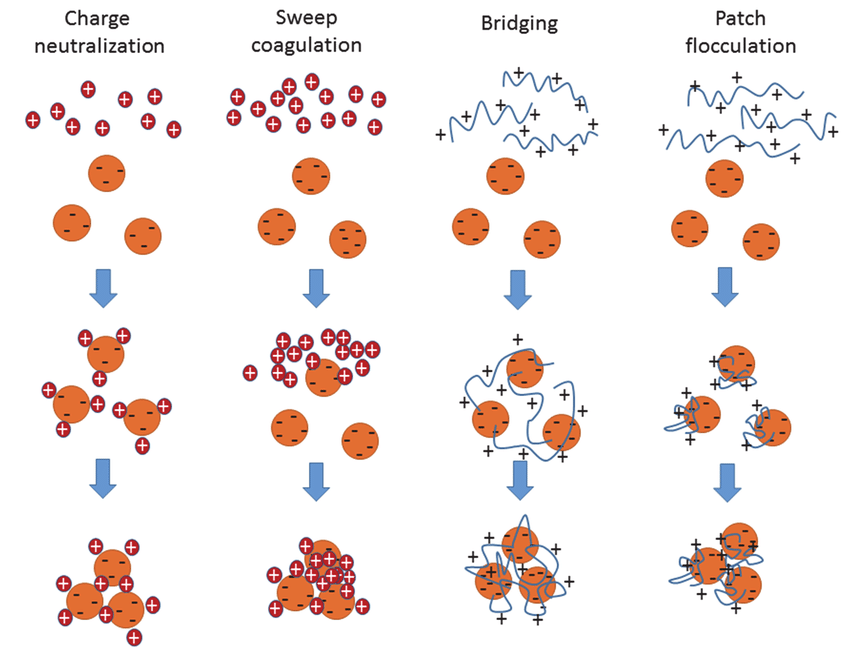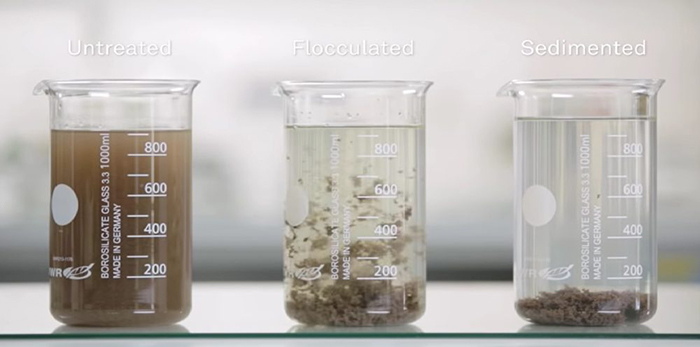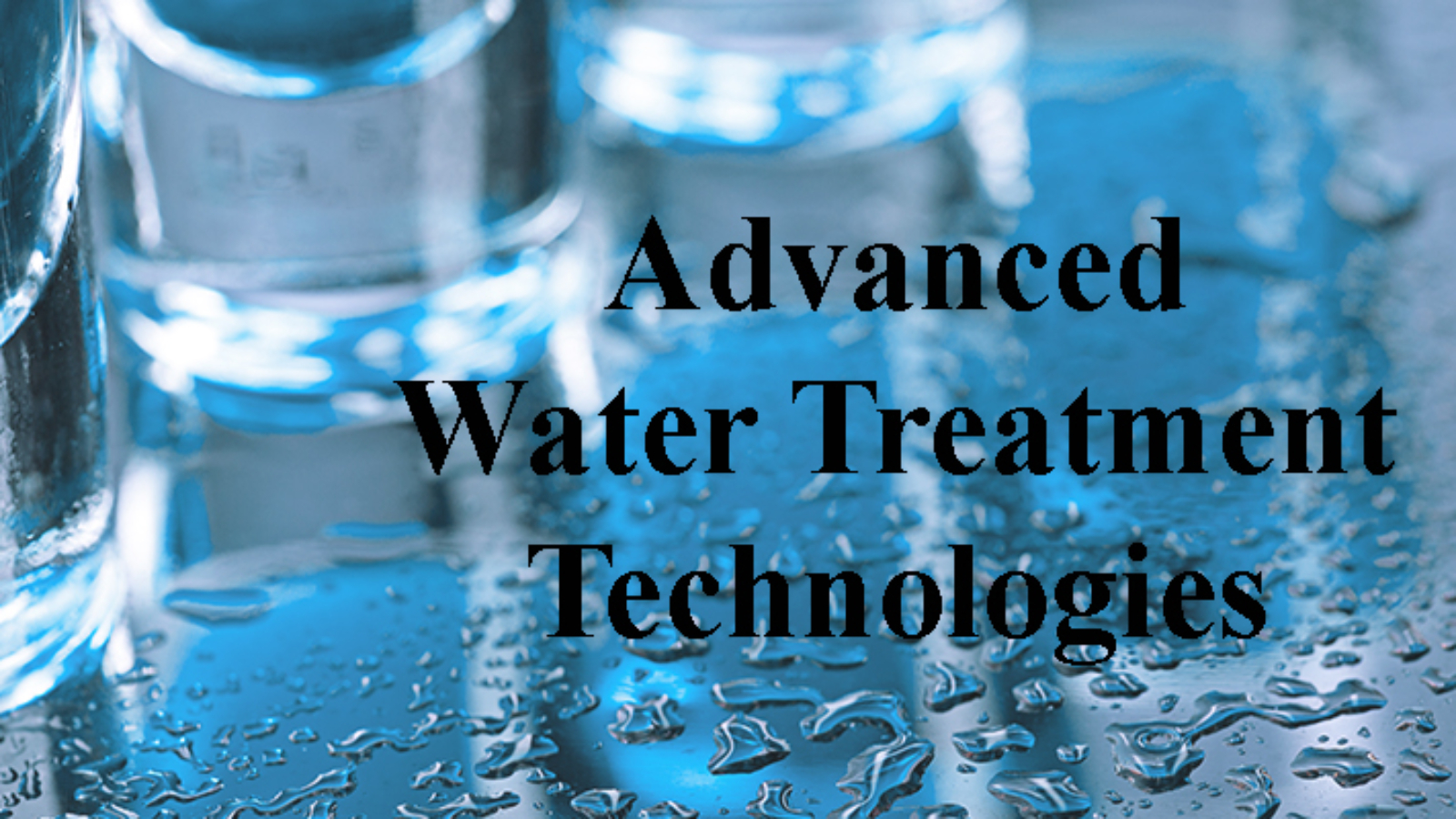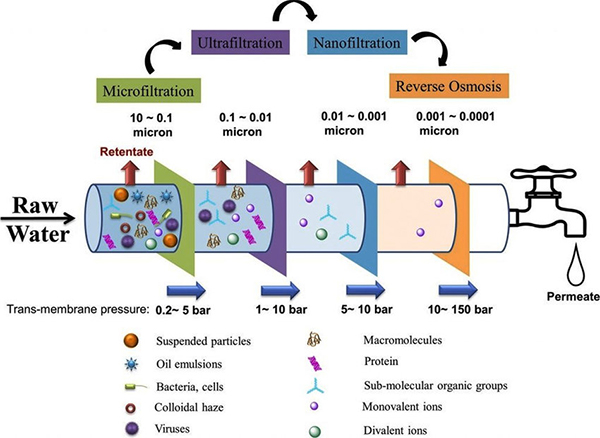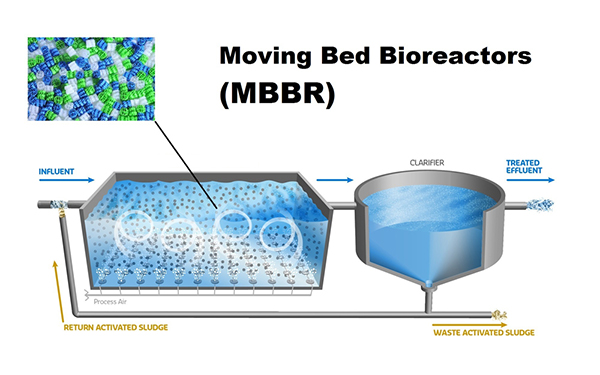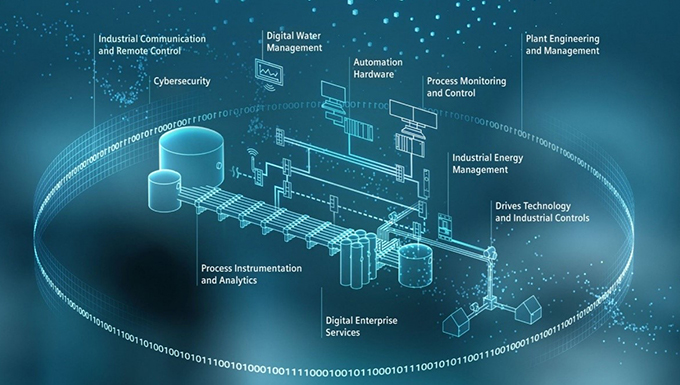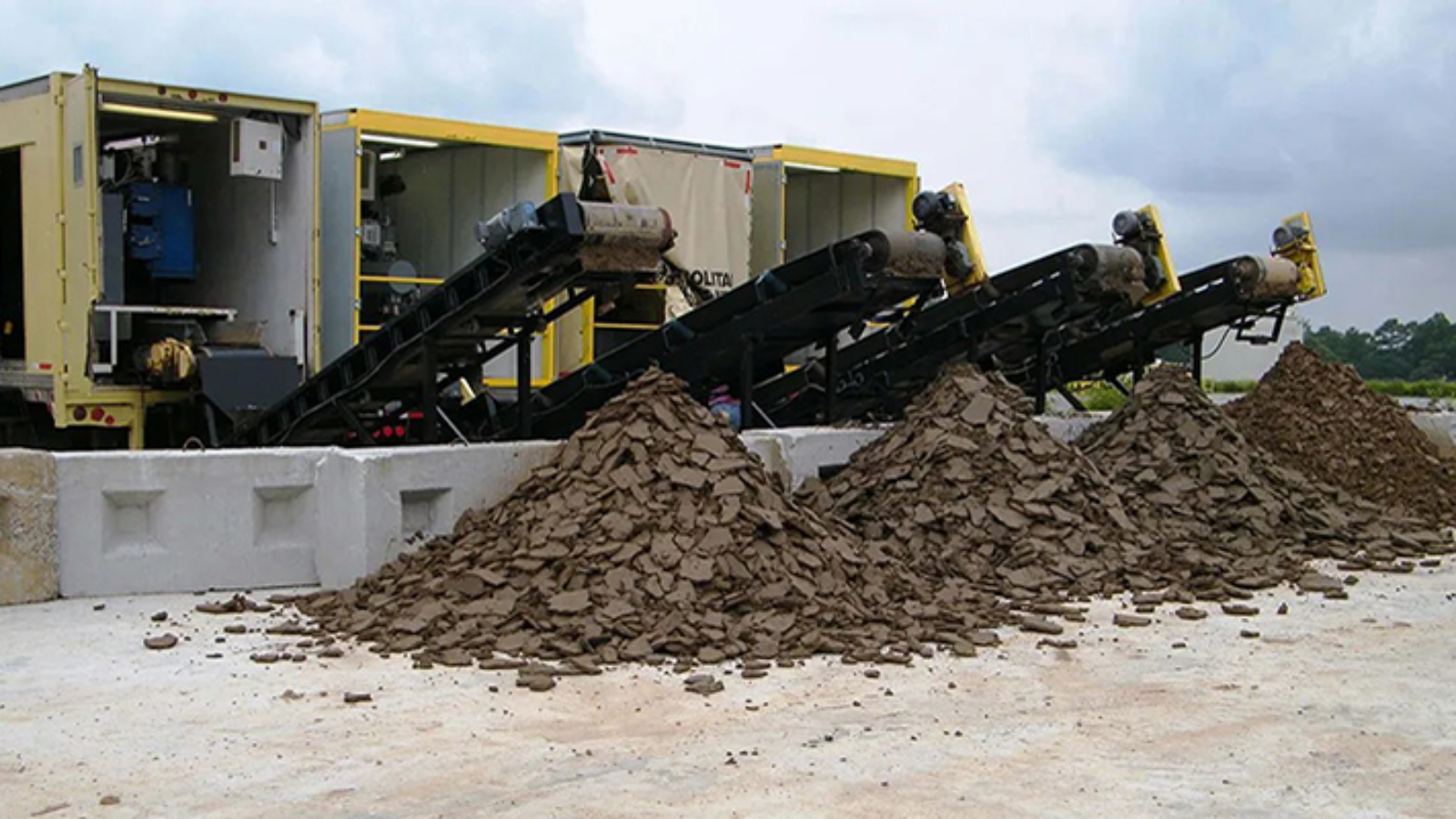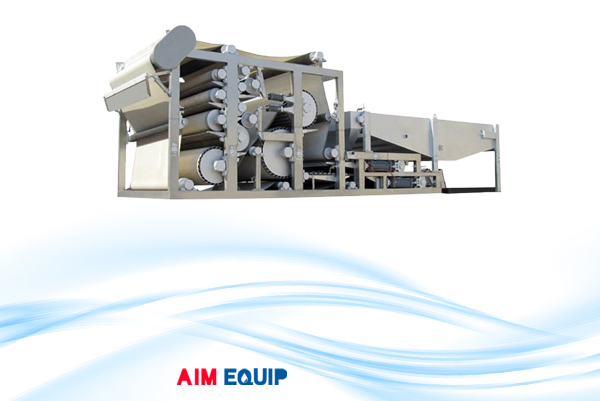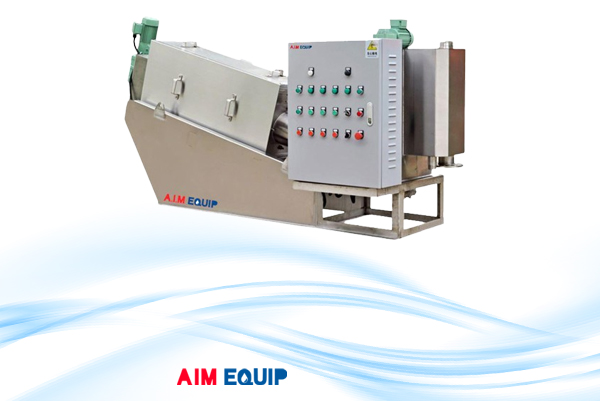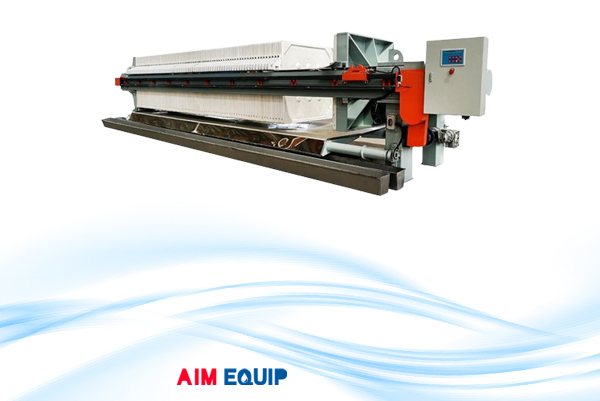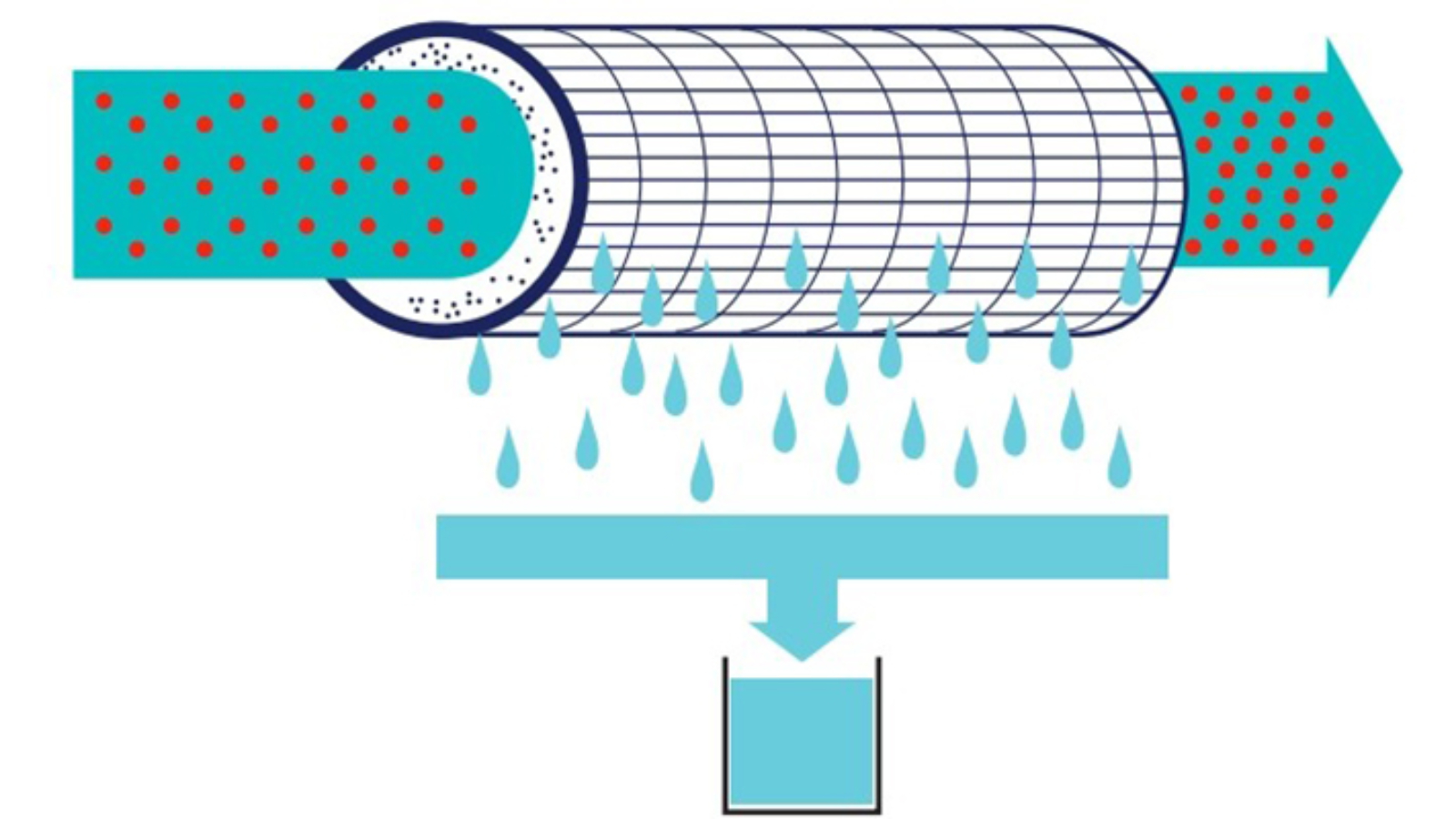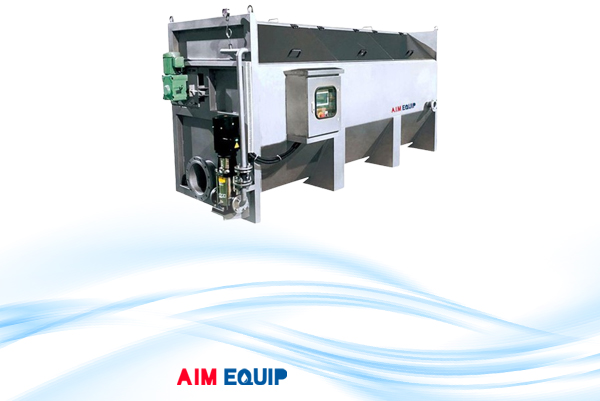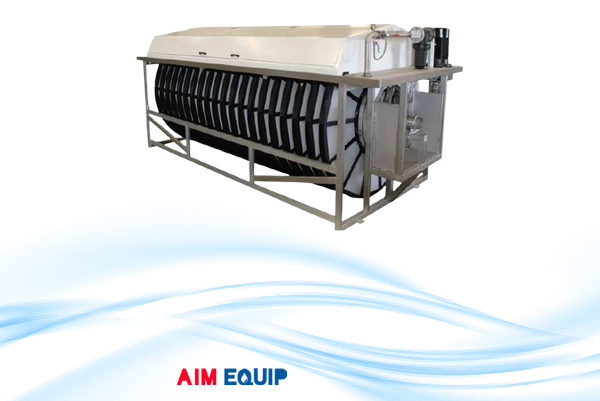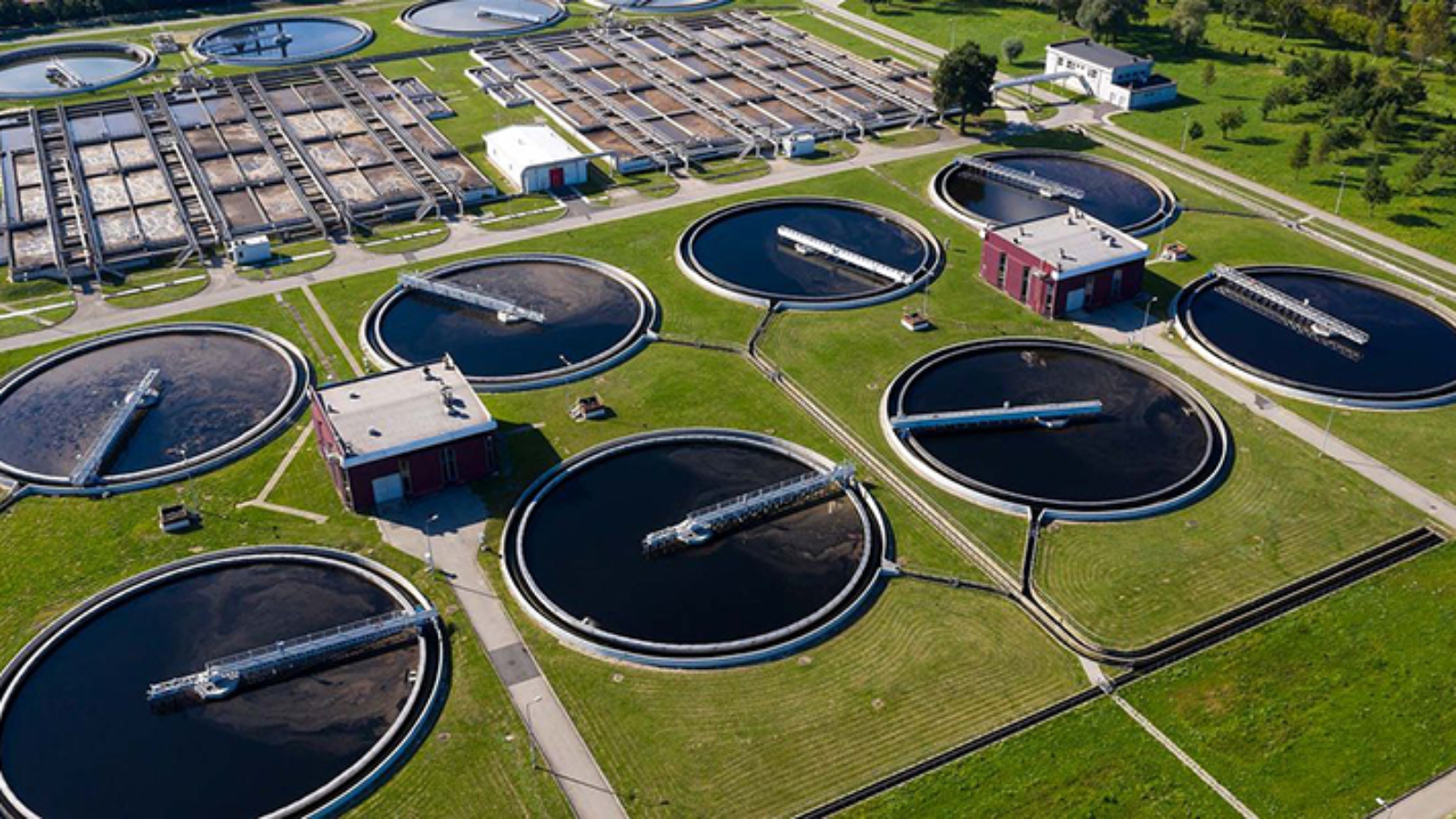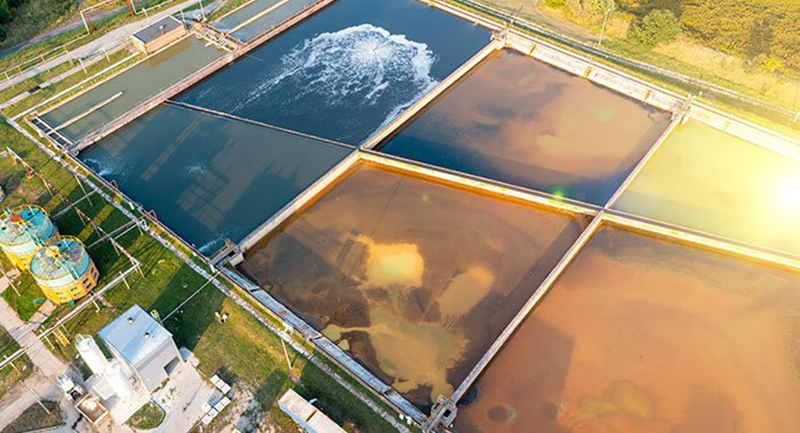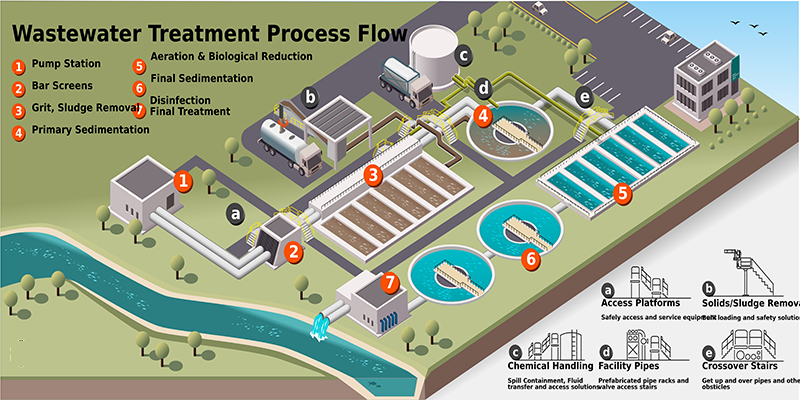As urbanisation and industrial activity increase, so does the pressure on our waterways. Nutrient pollution—particularly from nitrogen and phosphorus—has become a widespread problem, contributing to algal blooms, aquatic dead zones, and long-term damage to ecosystems.
But what if algae, often seen as part of the problem, could actually be part of the solution?
Welcome to the concept of ecosystem intelligence: using natural systems like algae to inform and improve our engineered solutions. At AIMEQUIP, we believe that tomorrow’s wastewater projects will be cleaner, smarter, and greener when they work with nature rather than against it.
What if your algae wastewater treatment upgrade didn’t come in stainless steel — but floated, photosynthesised, and sequestered carbon? Across Australia, two major nature-based innovations are changing how we think about treatment infrastructure:
- One uses floating wetlands to remove nitrogen and phosphorus passively in Tasmania.
- The other deploys macroalgae in Queensland to polish wastewater before it reaches the Great Barrier Reef.
Both challenge a long-held assumption: that green solutions can’t be as effective, or robust, as engineered ones. They’re proving that nature is not the alternative — it’s the upgrade.
The Challenge of Nutrient Pollution
Modern wastewater often carries excess nitrogen and phosphorus from agricultural runoff, industrial discharge, and domestic waste. These nutrients, while essential for plant growth, can overwhelm aquatic environments, leading to eutrophication—a process where excessive nutrients fuel rapid algae growth, which depletes oxygen and harms aquatic life.
With tightening environmental regulations and increasing public concern, wastewater treatment systems must now do more than just filter water. They must actively manage nutrients to protect downstream ecosystems.
Algae: Nature’s Water Purifier
Algae are simple, photosynthetic organisms that thrive on light and nutrients. In the right conditions, they can absorb large amounts of nitrogen and phosphorus from wastewater, acting as natural purifiers.
Algae wastewater treatment systems—such as open ponds, raceway ponds, and photobioreactors—use this natural process to reduce nutrient loads in a sustainable, low-energy way. These systems are increasingly being recognised as viable complements (or even alternatives) to traditional treatment methods.
How Algal Systems Work in Wastewater Treatment
In an engineered algae wastewater treatment system, wastewater is directed into specially designed tanks or ponds where algae are cultivated. As the algae grow, they consume nitrogen and phosphorus, effectively removing these pollutants from the water.
Once treatment is complete, the algae can be harvested and removed—leaving behind cleaner water. These systems can operate independently or be integrated into existing infrastructure as part of a hybrid model.
Key advantages include:
- Passive, solar-powered operation
- Carbon dioxide uptake (reducing emissions)
- Reduction in chemical usage
- Potential for biomass recovery
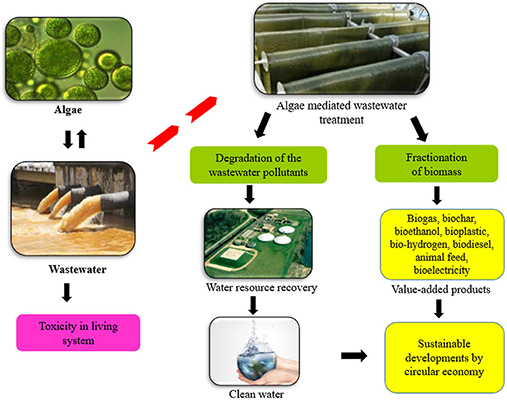
Turning Waste into Value: Algal Biomass
One of the most exciting aspects of algae wastewater treatment is the potential to transform waste into valuable by-products. The algae that are harvested from wastewater systems can be used to produce:
- Biofertilisers for agriculture
- Bioplastics and sustainable packaging
- Biofuels to support green energy
- Animal feed rich in nutrients
This creates a closed-loop system where nutrients are traded back into productive use rather than being released into the environment. It’s a practical application of the circular economy.
Case Studies and Success Stories
Around the world, algae wastewater treatment systems are proving their worth:
North Queensland’s Macroalgae Facility: A World First
In the tropical north, Burdekin Shire Council partnered with Pacific Bio to launch the world’s first municipal-scale macroalgae wastewater bioremediation plant: RegenAqua.
Using filamentous green algae (like Oedogonium), this low-energy, chemical-free system is:
- Achieving up to 83% Total Nitrogen (TN) and 85% Total Phosphorus (TP) reduction
- Delivering carbon-negative performance through CO₂ sequestration
- Generating a valuable biomass stream that can be converted into fertiliser or biofuels
And it costs less: RegenAqua’s $/kg nitrogen removal is approximately 38% cheaper than wetlands, and 60% cheaper than membrane bioreactors.
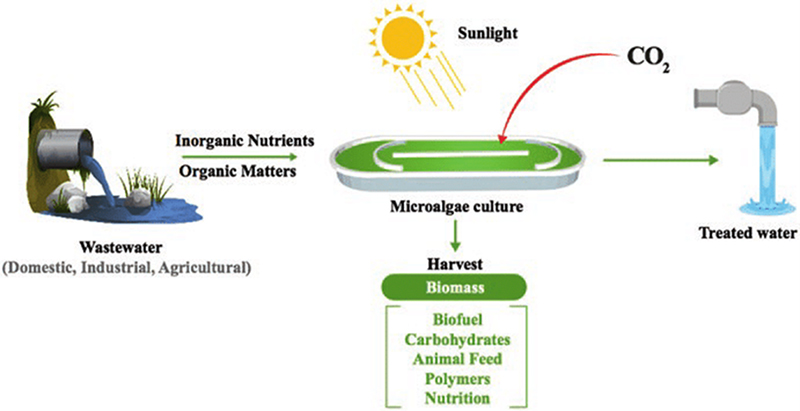
Tasmania’s Floating Wetlands Are Taking Root
Meanwhile, TasWater, which operates over 110 sewage treatment plants, has committed to net-zero nutrient discharge by 2050. Many of their lagoon-based systems are land-locked, aging, and remote.
Rather than choosing expensive mechanical upgrades, they implemented Constructed Floating Wetlands (CFWs) at three locations: Ross, Fingal, and Western Junction.
These “floating rafts of plants” suspend macrophytes above and below the water, enabling them to:
- Uptake nitrogen and phosphorus directly from the water column
- Trap organics
- Reduce greenhouse gas emissions
- Operate with zero energy input
☀️ Early results:
- Fingal STP achieved 42% TN and 65% TP reduction over summer 2024-25
- Unexpected growth of algae and weed species enhanced nutrient uptake
- Plant resilience during cold winters confirmed feasibility in Tasmanian conditions
In addition, similar innovations are underway in the United States and EU, where algae wastewater treatment and floating ecosystems are being adopted as part of broader green infrastructure strategies.

Barriers and Opportunities
Of course, no solution is without challenges. Algae wastewater treatment systems and floating wetlands must be carefully designed to account for:
- Light availability and seasonal variation
- Temperature sensitivity
- Scaling for large-volume applications
- Routine maintenance and biomass harvesting
However, innovation is addressing these issues. The integration of smart sensors, automated nutrient dosing, and AI-driven monitoring systems is making these solutions more resilient and efficient.
For progressive utilities and industrial clients, the opportunity to adopt scalable, cost-effective, and sustainable technologies is greater than ever.
The AIMEQUIP Vision: Partnering for Smarter Treatment
At AIMEQUIP, we specialise in the integration of intelligent dosing systems, modular wastewater technologies, and sustainable treatment solutions. As algae wastewater treatment and nature-based systems continue to evolve, we are ready to support clients in:
- Evaluating the feasibility of algal or wetland-based systems
- Designing custom eco-integrated solutions
- Integrating real-time monitoring and nutrient dosing equipment
- Delivering long-term support and maintenance services
We believe the future of wastewater treatment lies in working with nature and algae, wetlands, and ecosystem intelligence may be the most powerful upgrades your system can get.
If you’re planning your next wastewater project, consider the potential of algae wastewater treatment and floating wetlands. And reach out to AIMEQUIP to explore how we can help you harness nature for a cleaner, smarter tomorrow.

